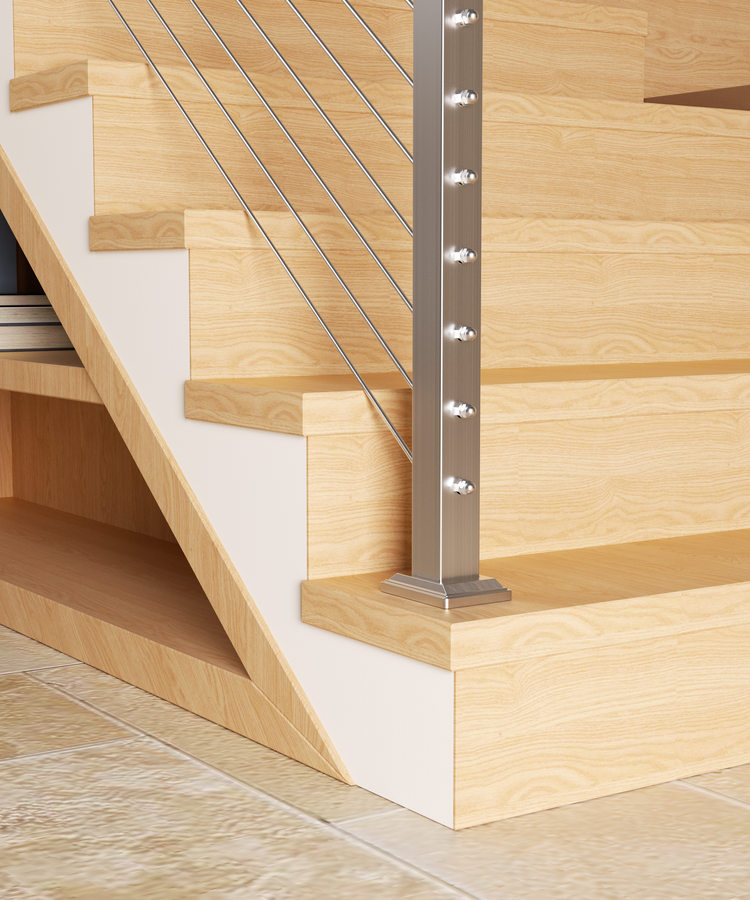Cable railing installation is a meticulous process that, like any construction project, can encounter challenges. Addressing these common issues promptly is essential to ensure a smooth and successful installation. In this article, we'll explore some frequent problems encountered during cable railing installation and provide effective solutions.
1. Uneven Cable Tension:
Issue: Uneven tension in cables can compromise the aesthetics and safety of the railing system.
Solution: Regularly check and adjust cable tension using appropriate tensioning devices. Ensure equal tension across all cables to maintain a uniform appearance and enhance safety.
2. Inadequate Post Stability:
Issue: Posts that are not securely anchored may compromise the structural integrity of the cable railing.
Solution: Use proper anchoring techniques and materials, such as robust anchors and high-quality fasteners. Verify that posts are securely attached to the substrate to prevent wobbling or shifting.
3. Incorrect Spacing Between Posts:
Issue: Inconsistent spacing between posts can affect the overall look and compliance with safety standards.
Solution: Follow the recommended spacing guidelines provided by the railing system manufacturer. Accurate measurements and adherence to design specifications are critical to achieving a visually pleasing and code-compliant installation.

4. Corrosion and Rusting:
Issue: Exposure to the elements can lead to corrosion and rusting of cable and fittings, affecting both appearance and durability.
Solution: Use corrosion-resistant materials such as stainless steel for cables and fittings. Apply protective coatings or inhibitors to mitigate the impact of environmental factors on the railing components.

5. Problems with Cable Termination:
Issue: Improper termination of cables can lead to fraying or unraveling, compromising safety.
Solution: Utilize appropriate cable end fittings and termination methods recommended by the manufacturer. Follow best practices for securing and finishing cable ends to prevent unraveling and maintain a clean appearance.
6. Challenges in Handrail Installation:
Issue: Installing the handrail securely while maintaining a seamless connection with the cable system can be challenging.
Solution: Ensure proper anchoring of the handrail to posts and use compatible handrail fittings provided by the railing system manufacturer. Follow detailed handrail installation guidelines to achieve a sturdy and aesthetically pleasing result.
7. Meeting Code and Regulatory Requirements:
Issue: Failing to meet local building codes and regulations can result in compliance issues.
Solution: Familiarize yourself with relevant building codes and regulations before installation. Seek guidance from professionals if needed and ensure that the cable railing system aligns with all applicable standards.
8. Communication with Clients:
Issue: Miscommunication or unclear expectations with clients can lead to dissatisfaction with the final installation.
Solution: Establish clear communication channels with clients from the beginning. Provide detailed explanations of the installation process, timeline, and potential challenges. Regularly update clients on the progress and address any concerns promptly.

